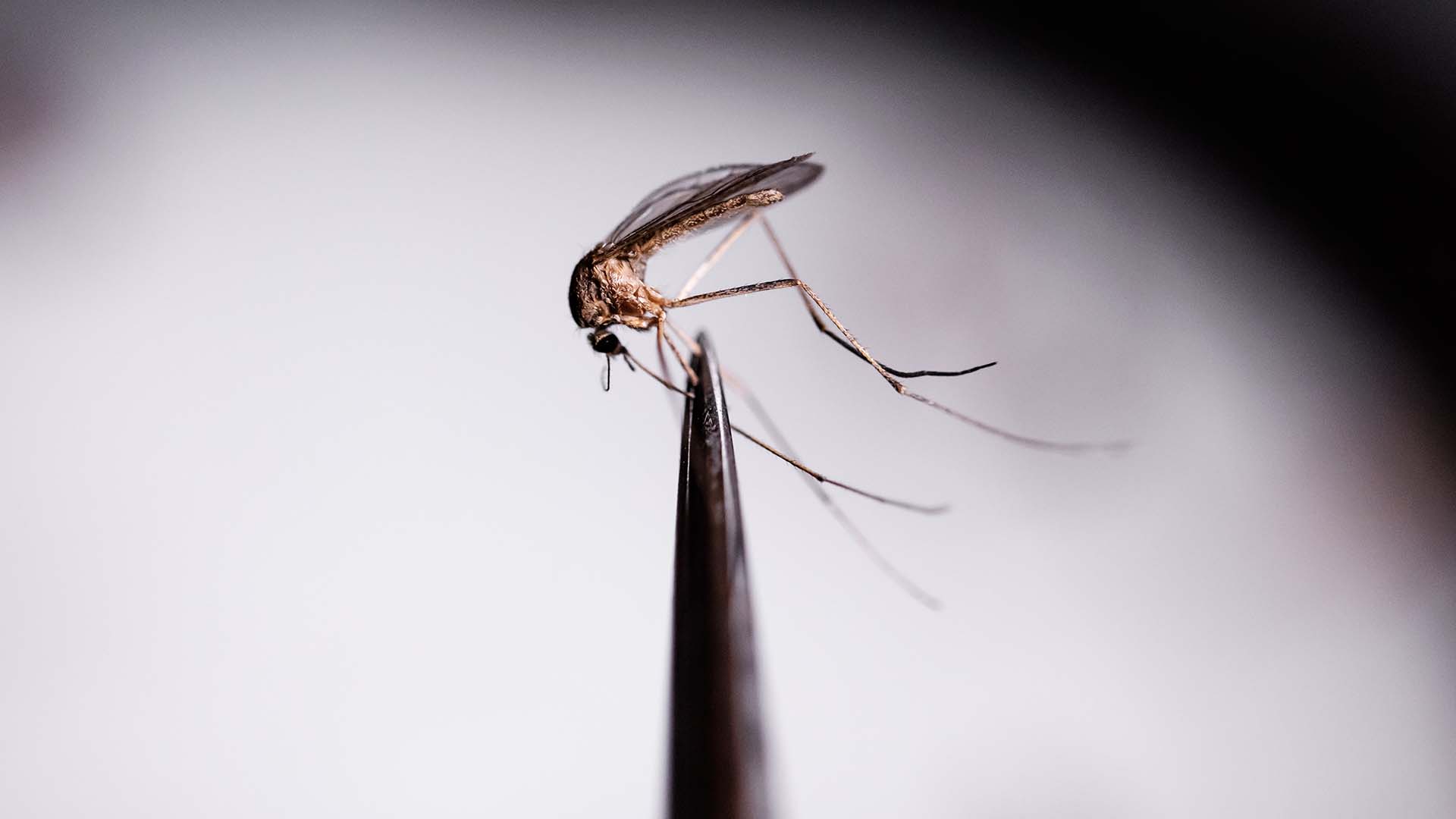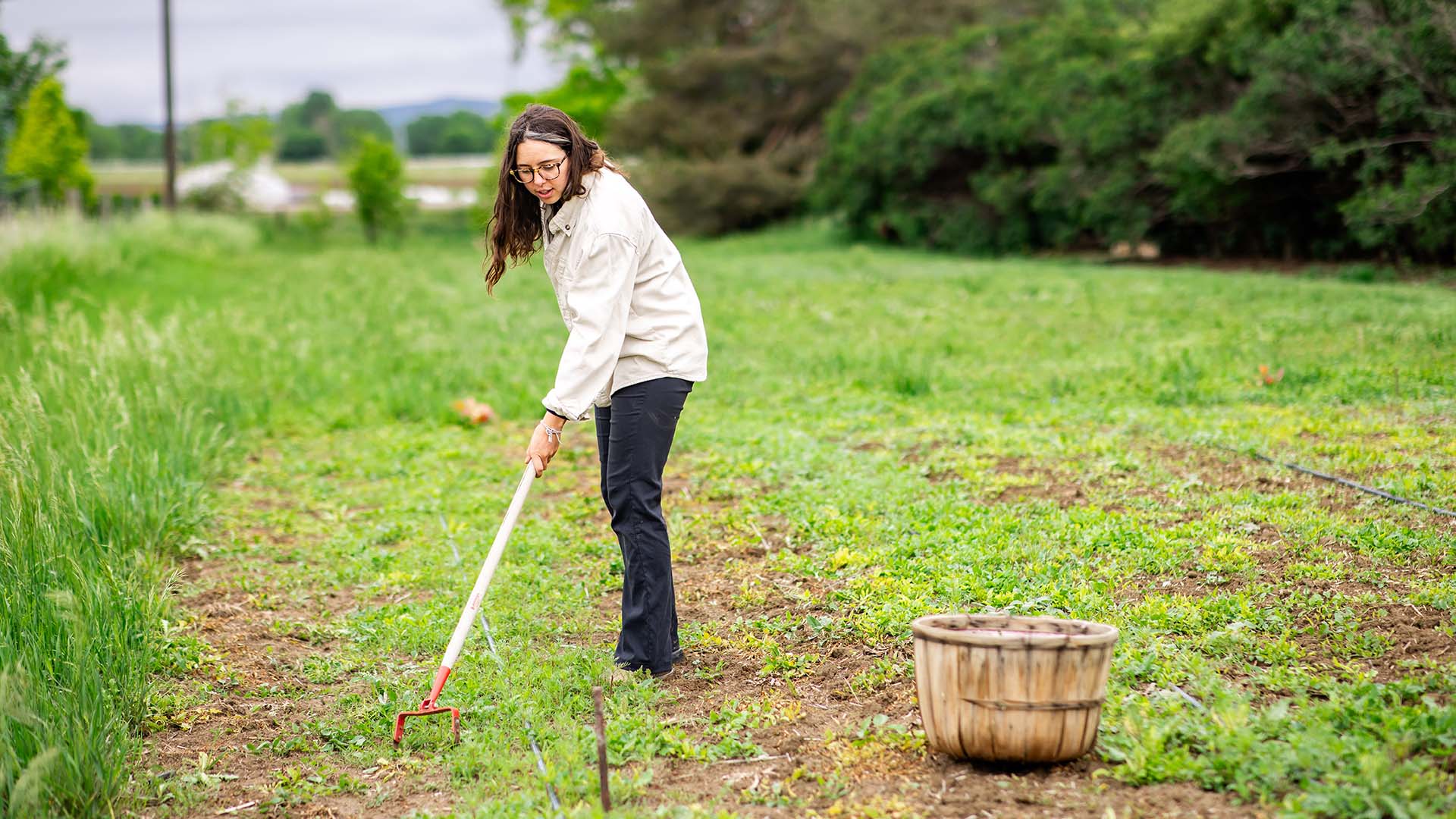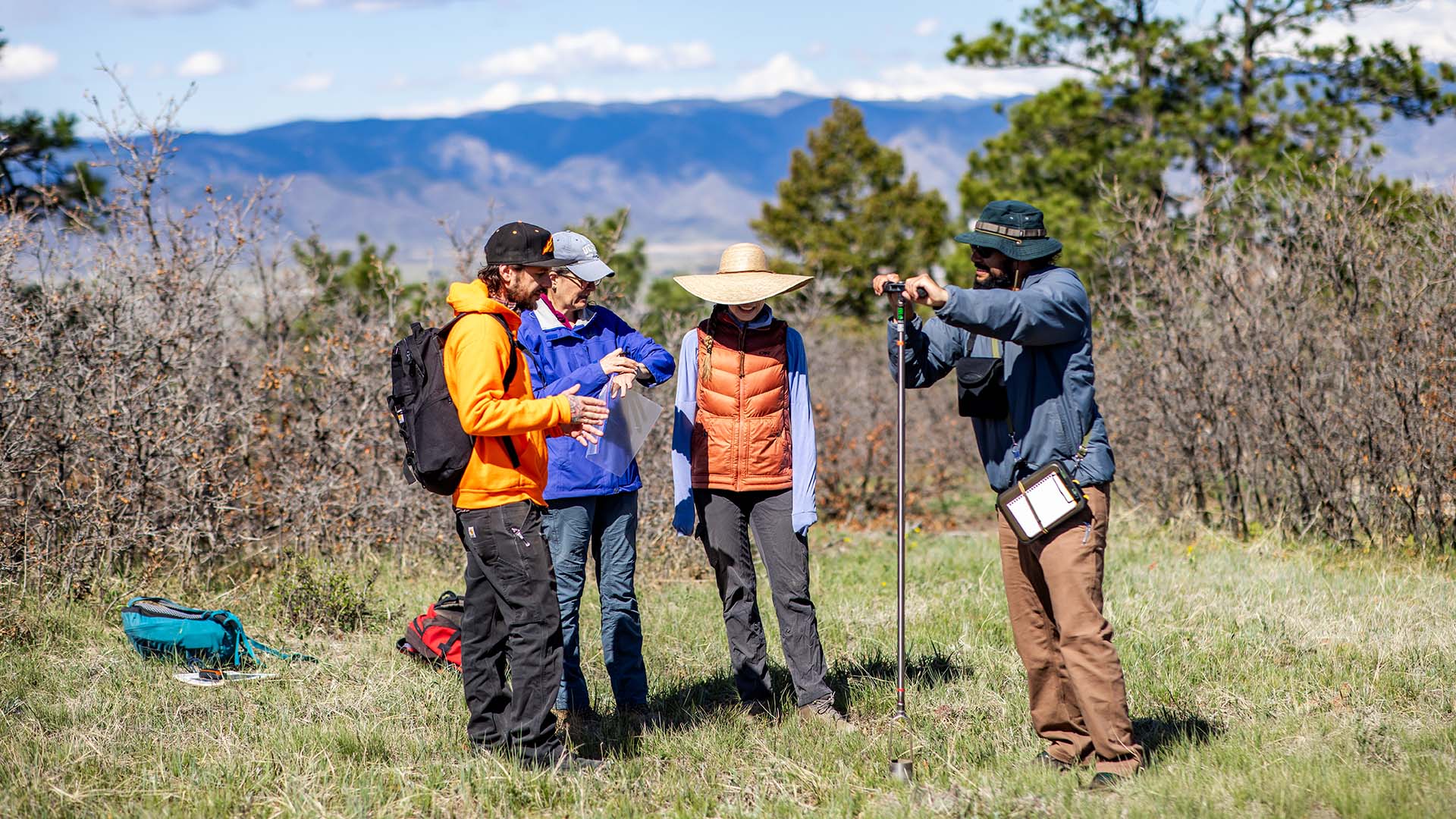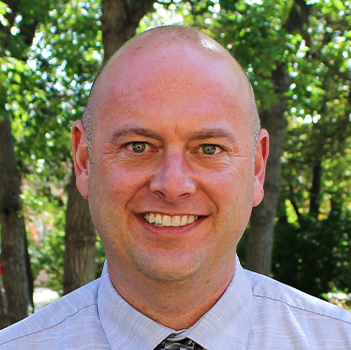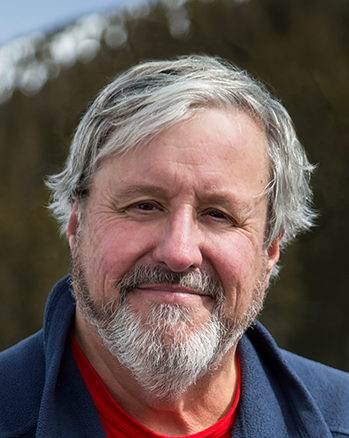Here comes the mud
A primer on how mudslides happen, what can be done to stop them and why the repeated closure of I-70 this summer might be the Centennial State’s new normal.
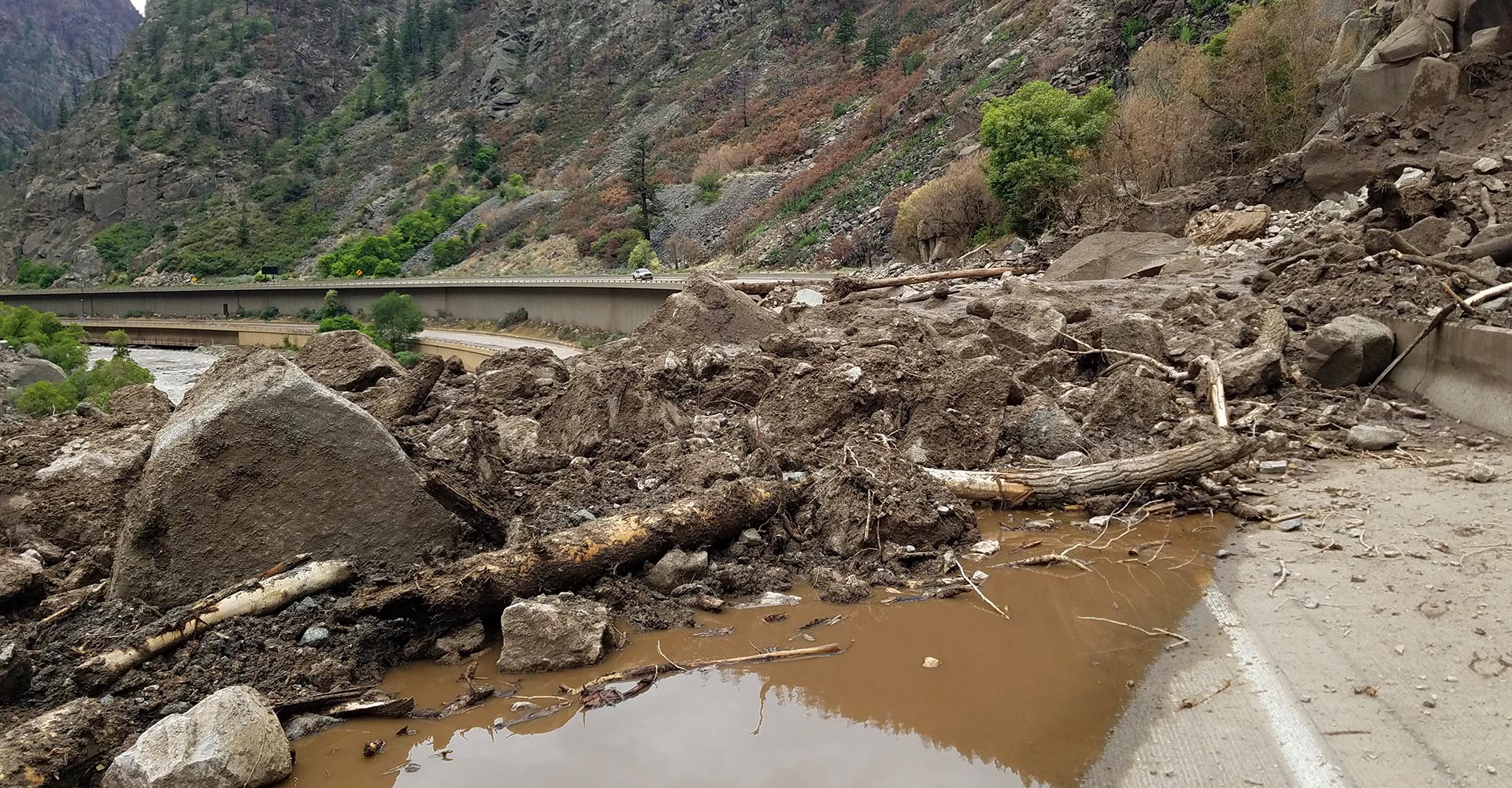
Colorado knows natural disasters. Flooding has devastated areas of the state in recent years. Wildfires have become a frequent occurrence each summer. And now, you can add mudslides to the list.
Mountain mudslides are not new in the Centennial State, but their impacts are having devastating consequences, particularly on a key Colorado interstate-highway corridor.
Interstate 70 has been forced to close at least 10 times this summer due to mudslides from the nearby Grizzly Creek wildfire burn scar.
The most recent mudslide, which also forced Hanging Lake to close indefinitely due to major damage, led Gov. Jared Polis to issue two state disaster declarations for Glenwood Canyon on Aug. 6.
The declarations authorized the use of the Colorado National Guard for traffic control, debris management and unarmed law-enforcement support, and enabled the state to seek federal funds to assist with recovery.
While I-70 reopened through Glenwood Canyon on Friday, the climate conditions that precipitated the slides are expected to continue to haunt Colorado, with the primary culprit being fire. In 2020, more than 625,000 acres burned in the state, with the three largest recorded fires in Colorado history.
When wildfires burn, vegetation is removed from the ground. That vegetation normally acts like a mesh network that helps stabilize the soil, explained Uwe Kackstaetter, Ph.D., a geology expert and professor in Metropolitan State University of Denver’s Earth and Atmospheric Sciences Department. The intense heat also changes soil properties, making burn scars vulnerable to mudslides.
“If you have loose debris and rain, the writing is on the wall,” Kackstaetter said. “That loose material gets swept downhill, and when you incorporate this loose material, you are creating something like liquid sandpaper. Only it’s much worse than sandpaper. You have big chunks, car-size boulders, that move off these admixtures of mud and water.”

That scenario is what happened in the Glenwood Canyon section of I-70. Wildfires, floods and other weather events amplified by climate change have affected the area in recent years. The Grizzly Creek Wildfire last year burned around 30,000 acres and left the canyon’s cliffs and mountainsides scorched in many places.
Kackstaetter said the resulting destruction had also been exacerbated by the narrow nature of the canyon and how the highway was designed to fit through it.
Keah Schuenemann, Ph.D., professor in MSU Denver’s Department of Earth and Atmospheric Sciences, said climate change is the underlying issue in the rising number of mudslides.
“Droughts lead to increased wildfire activity, and because climate change leads to increased extreme precipitation events, it all adds up to the perfect recipe for mudslides being more common,” she said. “I think we’ll have more burn scars going forward, so it makes sense that we would have more mudslides on these steeper slopes.”
The good news? The land can heal.
Eventually, damaged soil in burn scars will regenerate and be reestablished on steep slopes. Plants that help hold soil and rocks in place will grow naturally. The challenge is that the process could take up to 15 years, Kackstaetter said. And while the state has made limited efforts to seed the burn zone at Glenwood Canyon, he added, some areas are impossible to reach because of the canyon’s steep walls.
Proactive action can also help mitigate mudslide damage, said Runing Zhang, Ph.D., a professor in MSU Denver’s Civil Engineering Technology Department and a member of Denver’s Sustainability Advisory Council. While mudslides are notoriously hard to predict, he noted that government officials can invest in measures such as restoring vegetation, improving drainage systems and maintaining flood-control systems.
“If we do something before a mudslide happens, then it will be much more efficient (in preventing damage),” he said. “It’s a problem that local agencies have to look at and evaluate.”

